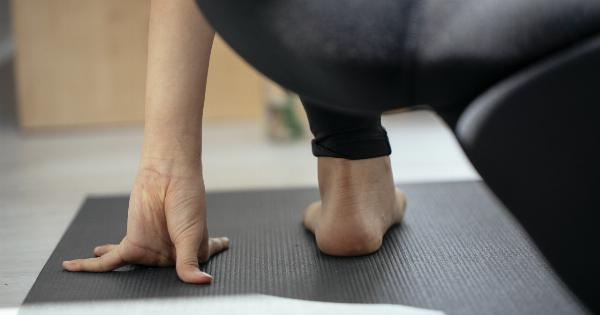Headaches are common in children and can be a source of discomfort and distress. As a parent, it is important to understand the causes of headaches in children and how to prevent them.
This guide will provide you with valuable information and strategies to help prevent headaches in your child.
Types of Headaches in Children
Headaches in children can be classified into various types, including:.
- Tension headaches
- Migraines
- Cluster headaches
- Sinus headaches
Causes of Headaches in Children
Several factors can contribute to headaches in children, such as:.
- Stress
- Eye strain
- Dehydration
- Sleep disruption
- Skipping meals
- Certain foods or food additives
- Physical exertion
- Weather changes
Headache Prevention Strategies
1. Promote a Healthy Lifestyle
Encourage your child to establish a healthy lifestyle by:.
- Getting enough sleep: Ensure your child follows a consistent sleep schedule and gets the recommended amount of sleep for their age.
- Staying hydrated: Encourage your child to drink an adequate amount of water throughout the day.
- Eating nutritious meals: Provide a balanced diet rich in fruits, vegetables, whole grains, and lean proteins.
- Promoting physical activity: Encourage regular exercise, which can help reduce stress and improve overall health.
- Establishing a routine: Set regular meal times, bedtimes, and wake-up times to maintain stability.
2. Manage Stress
Stress can trigger headaches in children. Help your child manage stress by:.
- Encouraging open communication: Provide a supportive environment where your child can express their feelings and concerns.
- Teaching relaxation techniques: Practice deep breathing exercises, guided imagery, or yoga together.
- Identifying stressors: Help your child recognize stressful situations and develop effective coping strategies.
- Promoting hobbies and activities: Engage your child in activities they enjoy to help alleviate stress.
3. Regular Eye Check-ups
Eye strain is a common cause of headaches in children. Ensure your child gets regular eye check-ups to detect any vision problems. If needed, provide your child with appropriate glasses or contact lenses.
4. Maintain Proper Posture
Encourage your child to maintain good posture while sitting, standing, and using electronic devices. Incorrect posture can strain the neck and contribute to headaches.
Teach your child to use ergonomic chairs and desks, and take breaks from prolonged sitting or screen time.
5. Ensure Regular Meals and Snacks
Skipping meals or having irregular eating patterns can lead to headaches. Ensure your child eats regular meals and snacks throughout the day. Provide nutritious options that include a balance of carbohydrates, proteins, and healthy fats.
6. Limit Triggers
Identify triggers that may contribute to your child’s headaches and take steps to limit their exposure. Common triggers include:.
- Certain foods: Pay attention to foods that may trigger headaches in your child, such as chocolate, cheese, processed meats, or foods containing monosodium glutamate (MSG).
- Strong odors: Avoid exposure to strong perfumes, cleaning agents, or cigarette smoke.
- Bright lights: Dim the lights or provide your child with sunglasses when exposed to bright lights.
- Loud noises: Minimize exposure to loud noises or provide earplugs in noisy environments.
- Weather changes: Take precautionary measures during extreme weather changes, like wearing appropriate clothing or using a humidifier in dry environments.
7. Encourage Breaks during Physical Activity
If your child participates in sports or physical activities, ensure they take regular breaks. Prolonged, intense physical exertion can trigger headaches.
Encourage your child to stay hydrated during activities and rest when necessary to prevent overexertion.
8. Create a Calm Sleeping Environment
A calm sleeping environment can promote quality sleep and reduce the likelihood of headaches. Ensure your child’s bedroom is cool, dark, and quiet.
Establish a bedtime routine that includes relaxing activities before bed to signal the body and mind to prepare for sleep.
9. Teach Healthy Screen Time Habits
Excessive screen time can strain the eyes and contribute to headaches. Set limits on your child’s screen time and encourage regular breaks, especially when engaging in activities that require prolonged screen use.
Encourage other forms of entertainment and hobbies that do not involve screens.
10. Seek Medical Advice
If your child frequently experiences severe headaches or if headaches significantly interfere with their daily life, it is important to seek medical advice.
A healthcare professional can evaluate your child’s condition, provide a proper diagnosis, and suggest appropriate treatment options.
Conclusion
Preventing headaches in children involves a combination of lifestyle adjustments, stress management, and identifying and managing triggers.
By promoting healthy habits, maintaining a supportive environment, and seeking professional guidance when necessary, parents can help reduce the occurrence of headaches in their children.


























